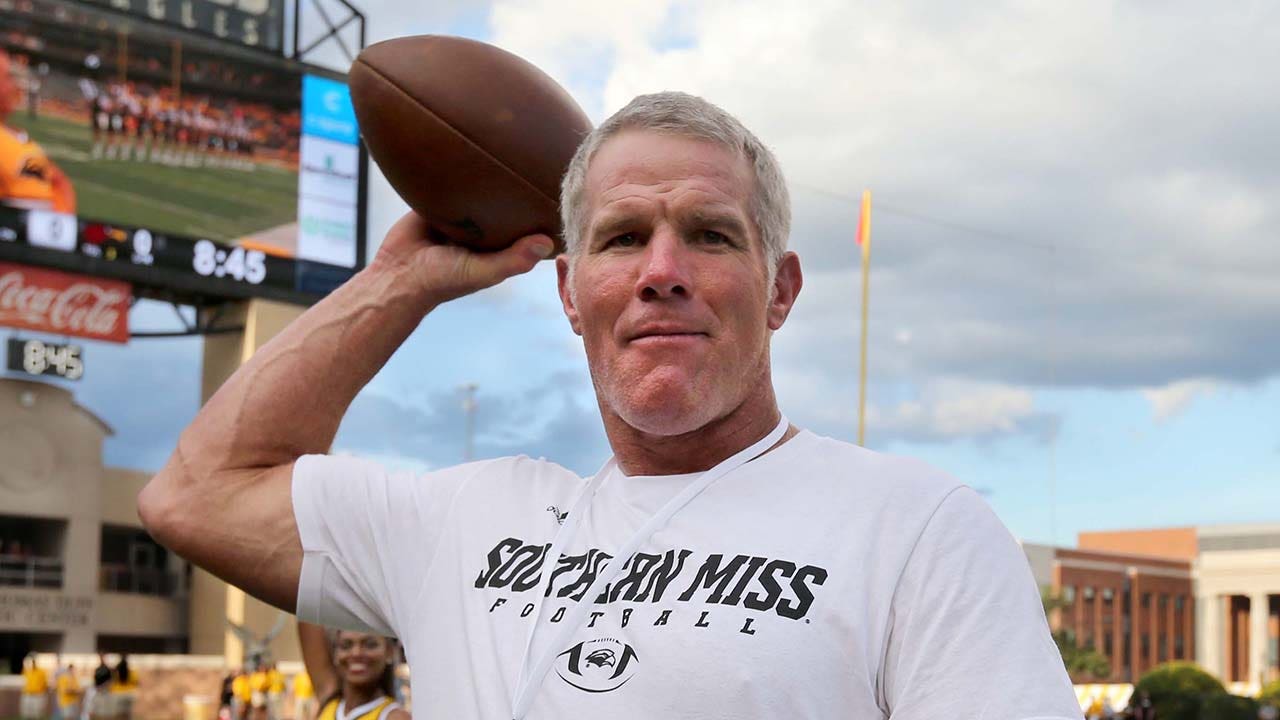Investors are dipping their toes back into some of the riskiest emerging-market bonds, snapping up high-yield government debt that has been made cheap by tariff-induced volatility. Money managers argue that some prices have fallen to a level that justifies taking on the risk of sovereign defaults, which they say has been overblown.
In April alone, the extra yield investors demand to own dollar-denominated junk bonds from emerging markets over Treasuries widened 37 basis points to 634 basis points. Meanwhile, credit-default swaps - a type of protection against defaults - saw limited deterioration, with a broad index trading far below levels seen ahead of the last wave of debt meltdowns in 2022-2023.
While tariff concerns haven't vanished and the risk of a prolonged US economic downturn isn't fully priced in, the move into high-yield is a window into how some money managers believe that the worst of President Donald Trump's global trade war is over. They are adjusting their portfolios to take on more risk, wagering that fundamentals in some of the world's most vulnerable nations will remain resilient.
 Agencies
AgenciesWorld's riskiest bonds lure traders back after tariff turmoil
In April alone, the extra yield investors demand to own dollar-denominated junk bonds from emerging markets over Treasuries widened 37 basis points to 634 basis points. Meanwhile, credit-default swaps - a type of protection against defaults - saw limited deterioration, with a broad index trading far below levels seen ahead of the last wave of debt meltdowns in 2022-2023.
It’s an investment that is so far fairly limited but catching on. JPMorgan Chase & Co. cited the appetite for higher-yielding opportunities among its key takeaways from an investor survey carried out during the International Monetary Fund and World Bank meetings in Washington last month.
For good reason: The asset class has been one of the brightest spots in emerging markets in recent years. In 2024, some of the notes handed triple-digit gains to investors. It hasn’t worked out that way so far this year, as investors moved to take profits in the run-up to Trump’s levies.
A Bloomberg gauge of EM high-yield dollar bonds is up about 1% this year, lagging an index tracking investment-grade bonds from emerging markets, which has advanced close to 3%. Spreads for countries like Egypt, Ivory Coast, Benin and Senegal have been on the rise since April 2, when Trump announced a shift in his tariff policy.
Fears Allayed
Recent remarks from US Treasury Secretary Scott Bessent signaling that the Trump administration will try to influence international financial institutions such as the IMF were also positive, according to Vontobel’s de Sousa, because they allay fears of a US withdrawal.
Bessent said last month that both institutions are “falling short,” though he made clear that he sees a need for the Washington-based institutions.
Thys Louw, a portfolio manager at Ninety One in London, points to the role bilateral and multilateral lenders are playing and the fact that some countries are diversifying their financing. He brushed off speculation that the US and institutions like the IMF will pull back support for developing nations.
“We’ve seen some pockets of value in EM, especially within HY where generally fundamentals have remained resilient and reform progress has been broadly positive,” said Louw, who likes bonds from Ivory Coast, Egypt and Senegal.
To bond fund managers running the $3.5 billion TCW Emerging Markets Income fund, there’s room for an additional widening in spreads thanks to a larger-than-expected slowdown in global economic growth this year.
However, they recently told clients that they “are seeing value creation as default risk in certain segments of the market appears overpriced.”
London-based hedge fund Frontier Road Limited says that emerging-market credits will continue to benefit from what the firm calls ‘TAMA,’ meaning “there are many alternatives” to US mega-stocks, according to an April 14 note to clients seen by Bloomberg.
Portfolio manager Martin Bercetche pointed to countries such as Egypt and Nigeria, where spreads have widened amid tariff uncertainty even though these economies’ combined exports to the US are less than $6 billion. Those types of disconnects provide openings that the fund can take advantage of, he said.
.png)
 German (DE)
German (DE)  English (US)
English (US)  Spanish (ES)
Spanish (ES)  French (FR)
French (FR)  Hindi (IN)
Hindi (IN)  Italian (IT)
Italian (IT)  Russian (RU)
Russian (RU) 








Comments